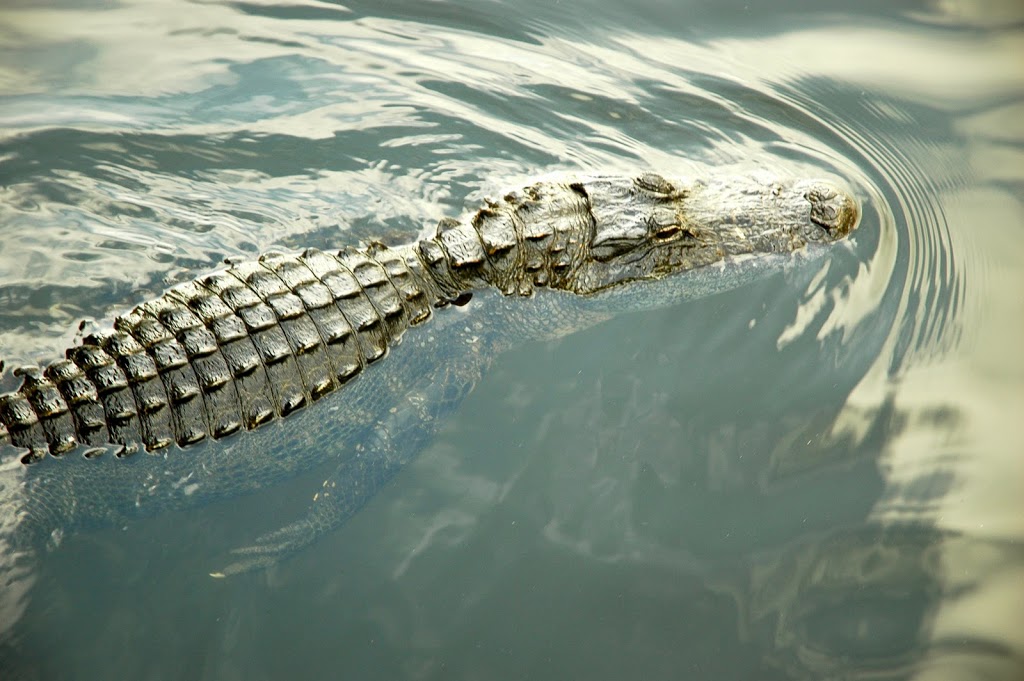The Great Bahama Bank is a Holocene (recent) shallow water carbonate platform in the Atlantic Ocean east of Florida and north of Cuba. Although the rocks associated with carbonate platforms are found in great quantity around the world, there are very few places where these rocks are currently forming today. Places where carbonates are currently forming are generally referred to as ‘the carbonate factory’. Carbonate particles are created as organisms absorb and precipitate CaCO3 (calcium carbonate) for their skeletal structure from the seawater. Like most systems in geology, the carbonate factory is dependent upon many factors that must come together to facilitate the growth of a carbonate platform. When parameters such as temperature, salinity, clarity, and depth of the water are just right a large, health carbonate depositional setting will develop.Over time, the species of critters that make up carbonates has changed dramatically. Throughout the Paleozoic (542 to 245 million years), benthic organisms (those that live near or on the ocean floor) dominated the ecosystem. Organisms such as trilobites, brachiopods, bryozoans, and crinoids were the dominant species. In more recent times, benthic organisms still make up a very important part of the carbonate factory, such as corals, green algae, and bivalves; however planktonic organisms, such as coccoliths and foraminifera also play a vital role in the modern carbonate factory. In addition to the Bahamas, other modern carbonate platforms include Shark Bay of eastern Australia, Great Barrier Reef of western Australia, Belize, Florida Keys, Persian Gulf, and Red Sea.
During my trip to the Bahamas, several workers in the carbonate factory were observed. For example:
 |
Top Left: Sea Fan Top Right: Porites (finger) Coral
Lower Left: Brain Coral Lower Right: Palmata (stag) Coral |
Because these organisms are highly dependent on sea level, as sea level drops the living organisms will migrate further away from the previous shoreline leaving the skeletons of their ancestors behind. In Miami, these long dead ancestors of the modern corals are visible in several quarries.
 |
| Brain Coral in Miami Quarry |
These tropical waters are also teeming with other life not directly associated with carbonate factory and are nonetheless spectacular.
 |
Top Left: Bermuda Chub Top Right: Great Barracuda
Lower Left: Southern Stingray Lower Right: Yellowtail Snapper |
|
On the northern margin of Andros island lies Joulters Cay. This a very shallow stretch of water where nearly all the sand is made of ooids. Ooids are small concretions of calcium carbonate. They form around a small sand grain or shell fragment and create a calcite coating around the grain. Ooilitic shoals are often a pervasive part of carbonate platforms and are found in many limestones around the world.
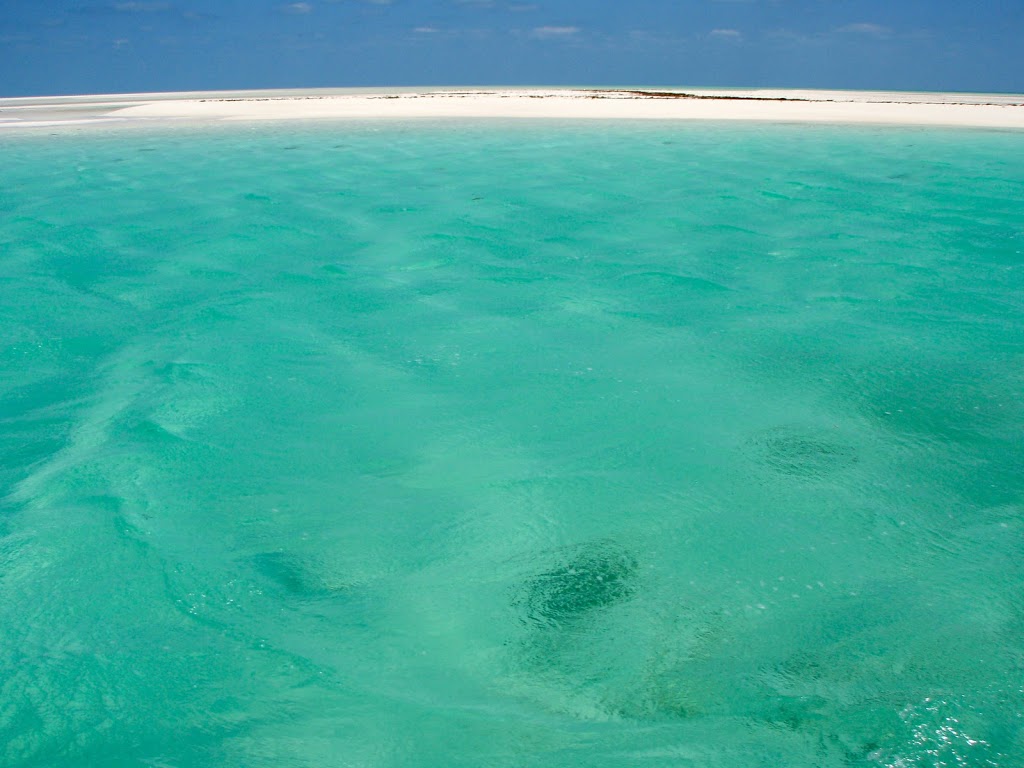 |
| Joulter’s Cay |
Back on the mainland, I also visited the Everglade swamp. The Everglades is a good example of a non-volcanic atoll (or more appropriately, a pseudo-atoll as it is not completely submerged nor rimmed on the west side by reef). As the sea-level regressed, the reef around the eastern edge of Florida acted as an anchor and remained at the same elevation, however the back-reef (now the Everglades) did now have the rigid support of the reef and began to subside, eventually flooding with water. This swamp is the perfect environment for animals that are found in their greatest abundance in the Everglades, such as the American alligator and crocodile, Flordia panther, and Indian manatee.
 |
| American Alligator |
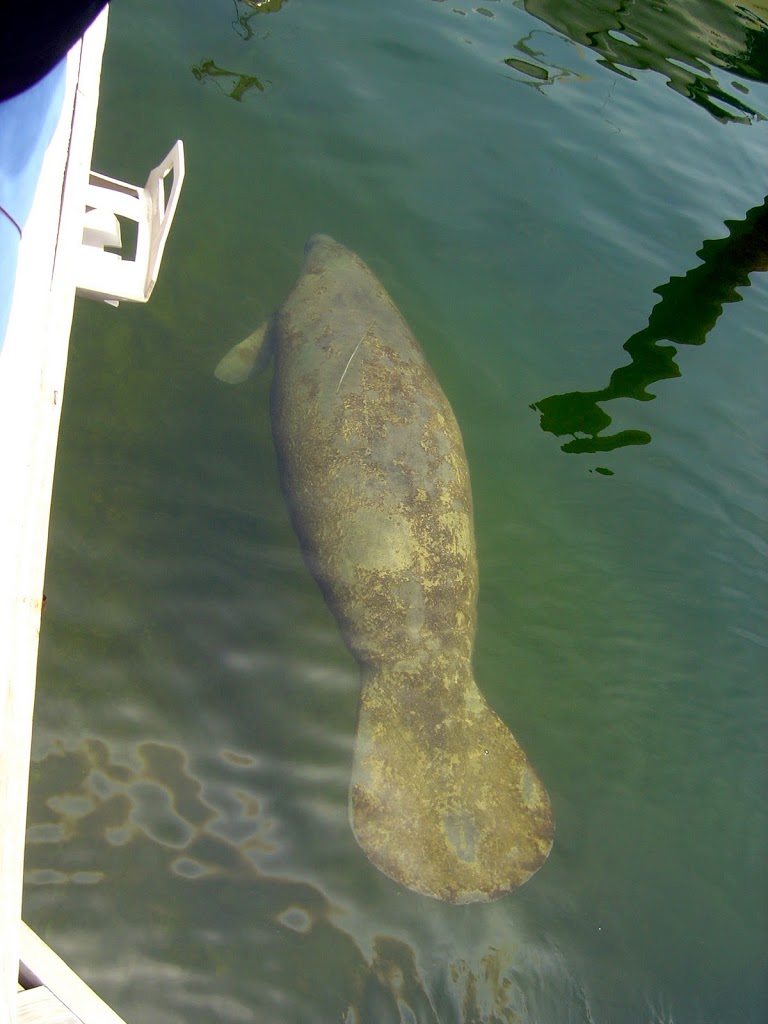 |
| Indian Manatee |
 |
| On the plane to Andros |
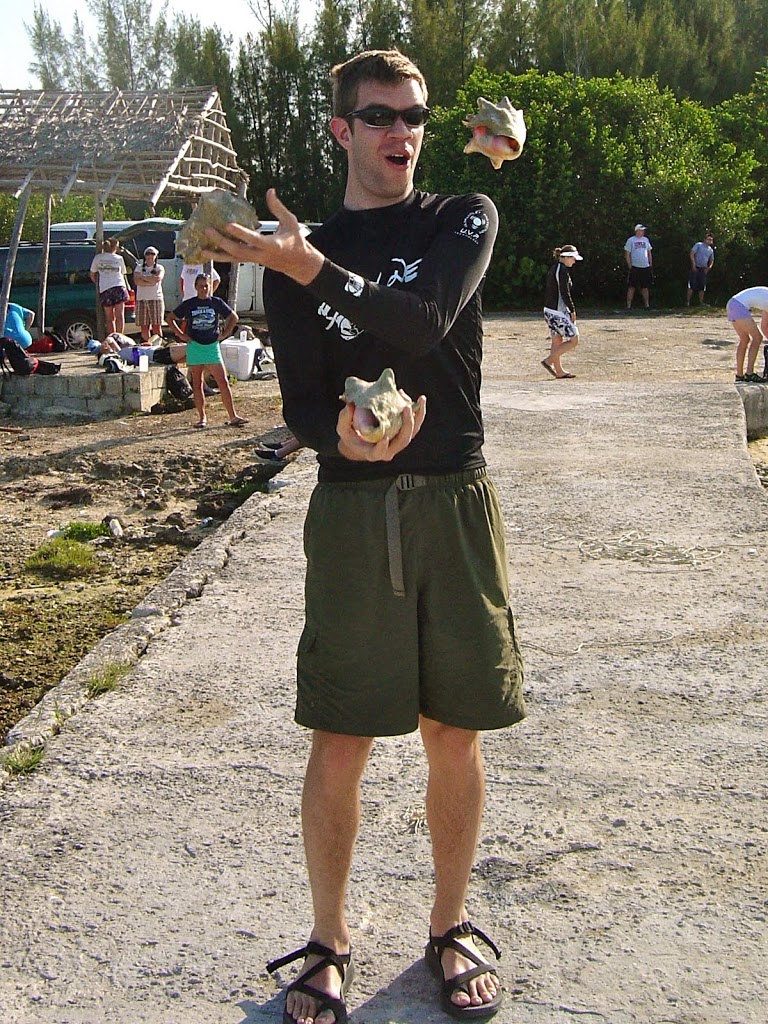 |
| Eric Parks showing off |
 |
| Peter Panke doning some of the local wares |
 |
| Parker Valora and I getting a facial |
Next week: Scotland
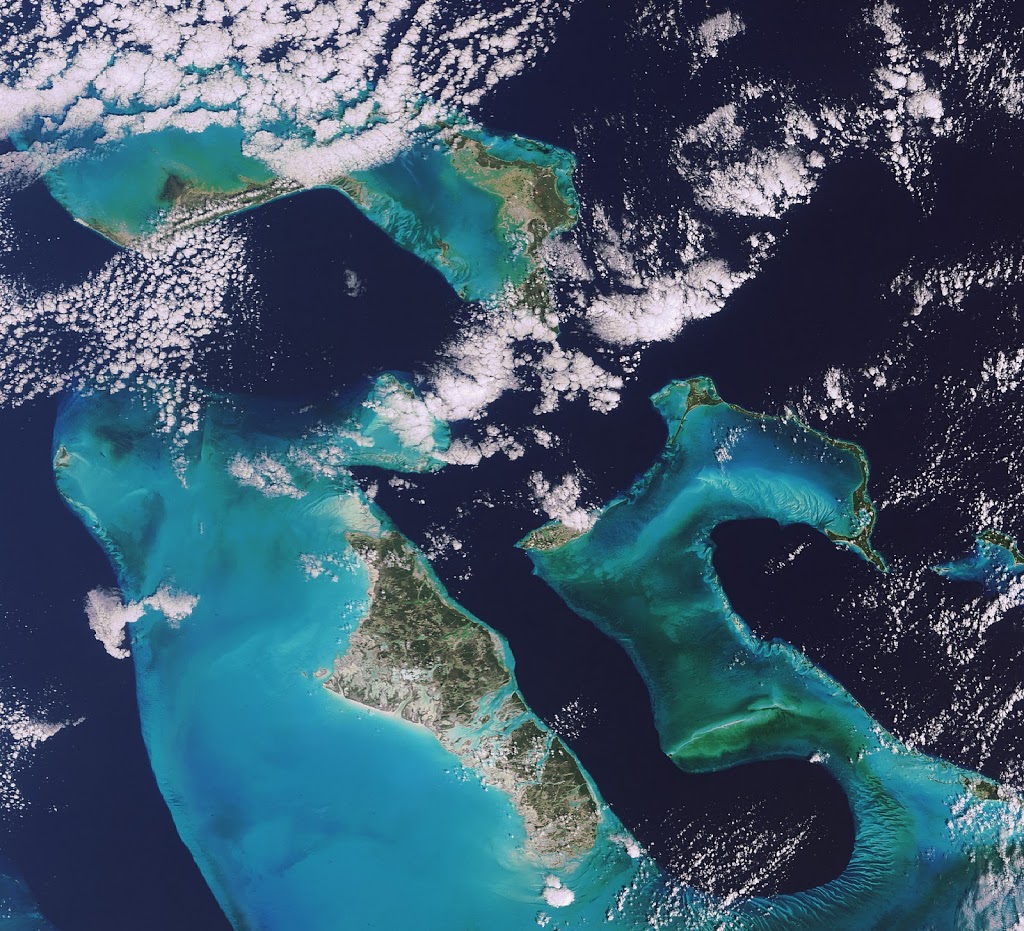











![]() This work is licensed under a Creative Commons Attribution-NonCommercial-ShareAlike 4.0 International License.
This work is licensed under a Creative Commons Attribution-NonCommercial-ShareAlike 4.0 International License.
